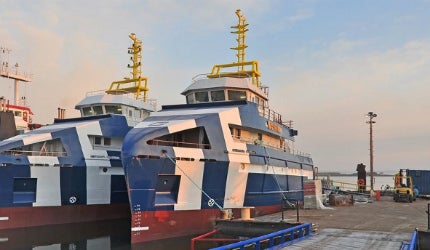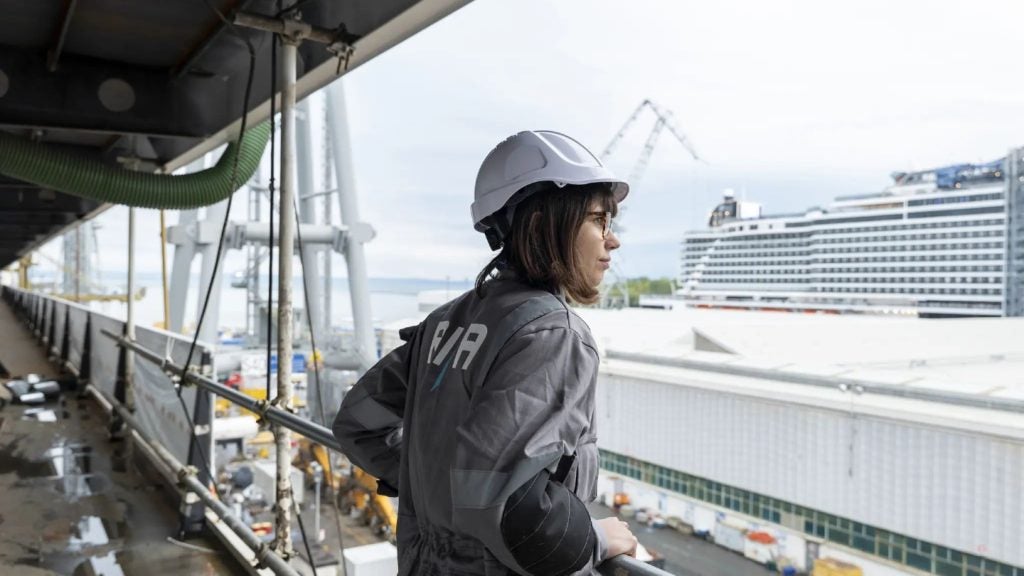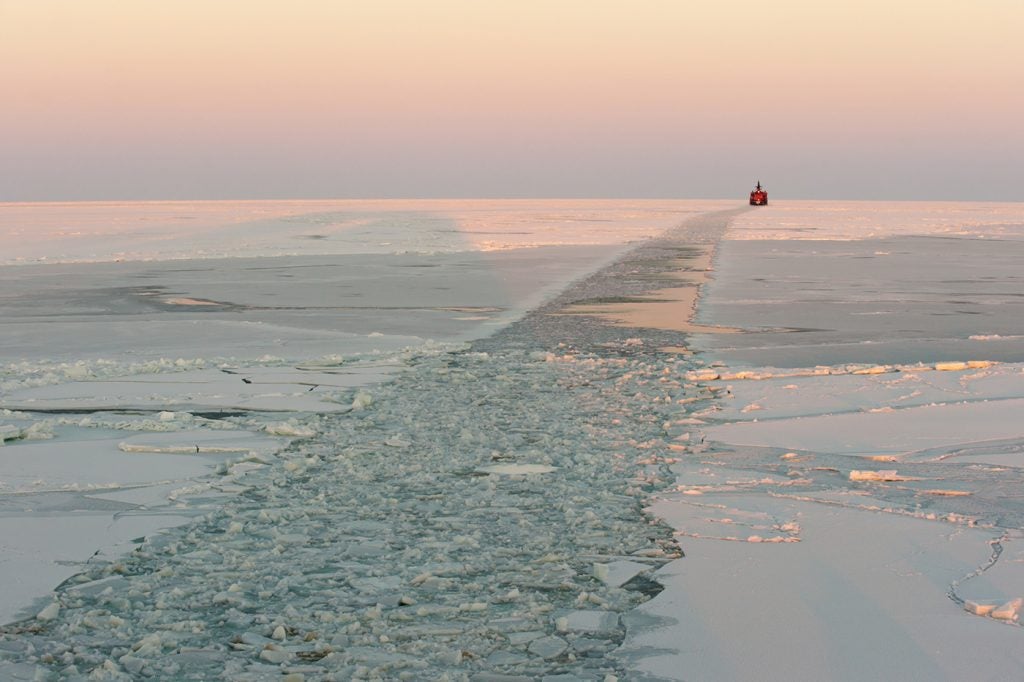
Aquarius-G is a seismic research support vessel owned by Rederij Groen. The guard vessel or chaser was delivered in June 2013 along with its sister vessel Astra-G.
The two chasers were designed by Saltwater Engineering and constructed by Damen Maaskant Shipyards at Stellendam, Netherlands. The contract for designing the vessels was awarded to Saltwater Engineering in January 2011 and the contract to construct the chasers was awarded to Maaskant Shipyards, Stellendam in November 2011.
Astra-G, the sister vessel of Aquarius-G was launched in October 2012. The two vessels are capable of being deployed worldwide.
Aquarius-G chaser vessel design
Aquarius-G was specially designed to chase-off other ships from nearing the seismic research vessels during operations. The chaser will protect the seismic streamers fixed behind the survey vessels and aid them by providing board-to-board transhipment of goods and equipment.
The operating speed of Aquarius-G during seismic chase operations is about 4kt-5kt, which can result in wave slamming and severe pitching of the vessel. The lines of the vessel were thus specially constructed with V-shaped sections in the aft part, creating diverting waves and U-shaped sections in the forward area to reduce pitching.
The chaser was designed to provide a large freeboard, an open work deck, easy access to workshops and stores, and a large bridge for clear views over both foreship and aftdeck.
The fully air conditioned cabins of the vessel are located on the main deck and above, and are capable of accommodating 14 people in total. The vessel will consist of two single cabins and six double cabins.
Design features of Rederij Groen’s Aquarius-G
The seismic research support vessel measures 40m in length, has a beam of 9.30m, draught of 3.30m, depth of 4.60m, gross tonnage capacity of 499t, and a bollard pull of 21t.
The vessel is equipped with cool and freeze storages with a combined storage capacity of 16m3. The deck of the vessel has a free space of 105.2m2 to accommodate intermodal shipping containers.
The tanks aboard the vessel have a capacity to store 230.0m3 of fuel oil, 35.5m3 fresh water, and 5.3m3 per day of freshwater.
Anchors, cranes and safety equipment aboard Aquarius-G
The chaser is equipped with two High Holding Power (HHP) anchors with a combined weight of 675kg.
The cranes aboard the vessel include a crane with a lifting capacity of one tonne at an outreach of 3.5m and a deck crane with a lifting capacity of two tonnes at an outreach of 10.5m. The vessel is also equipped with a 25t Mampaey towing hook.
Safety facilities onboard Aquarius-G include a man overboard boat (MOB) with a capacity for six persons, and four SOLAS life rafts with a capacity for 16 people.
The vessel’s firefighting equipment includes two general service pumps with a range of 25m3 per hour and a portable emergency fire pump.
Aquarius-G communication and navigation equipment
Communication systems aboard the vessel include two Sailor-6222 very high frequency (VHF) radios, a Sailor-6248 VHF radio, two Jotron TR 20 portable VHF radios, one Furuno FA-150 automatic identification system (AIS), one Jotron Tron-40S MKII emergency position indicating radio beacons (EPIRBs), and a Sailor-6110 Inmarsat Sat-C.
The navigation equipments on the chaser include two Furuno FAR 2117 radars, a Cassens & Plath magnetic compass, a Furuno SC50 satellite compass, an Anschutz Pilotstar D autopilot, a Furuno GP-150 and a Furuno GP-33 GPS navigation, an FCV1100 echo sounder, a Furuno NX700B Navtex receiver, a Maris Dual Ecdis 900 electronic chart, and a Cassens & Plath type 11 gyro compass.
Aquarius-G machinery and engine details
Related project
Polarcus Amani Seismic Research Vessel, Bahamas
Polarcus Amani is the seventh 3D seismic vessel to join the Polarcus fleet and the third vessel in the Polarcus fleet featuring the ULSTEIN SX134 design.
The main engines of Aquarius-G include two Caterpillar C32 ACERT engines with an output of 970kW and three Caterpillar C4.4 engines with an output of 99kW.
The vessel is propelled by two fixed-pitch propellers, two Fishtail rudders, and a Veth VT-100 bow thruster with an output of 110kW.
The propulsion system of the seismic research support vessel enables it to sail at a maximum speed of 14kt.











